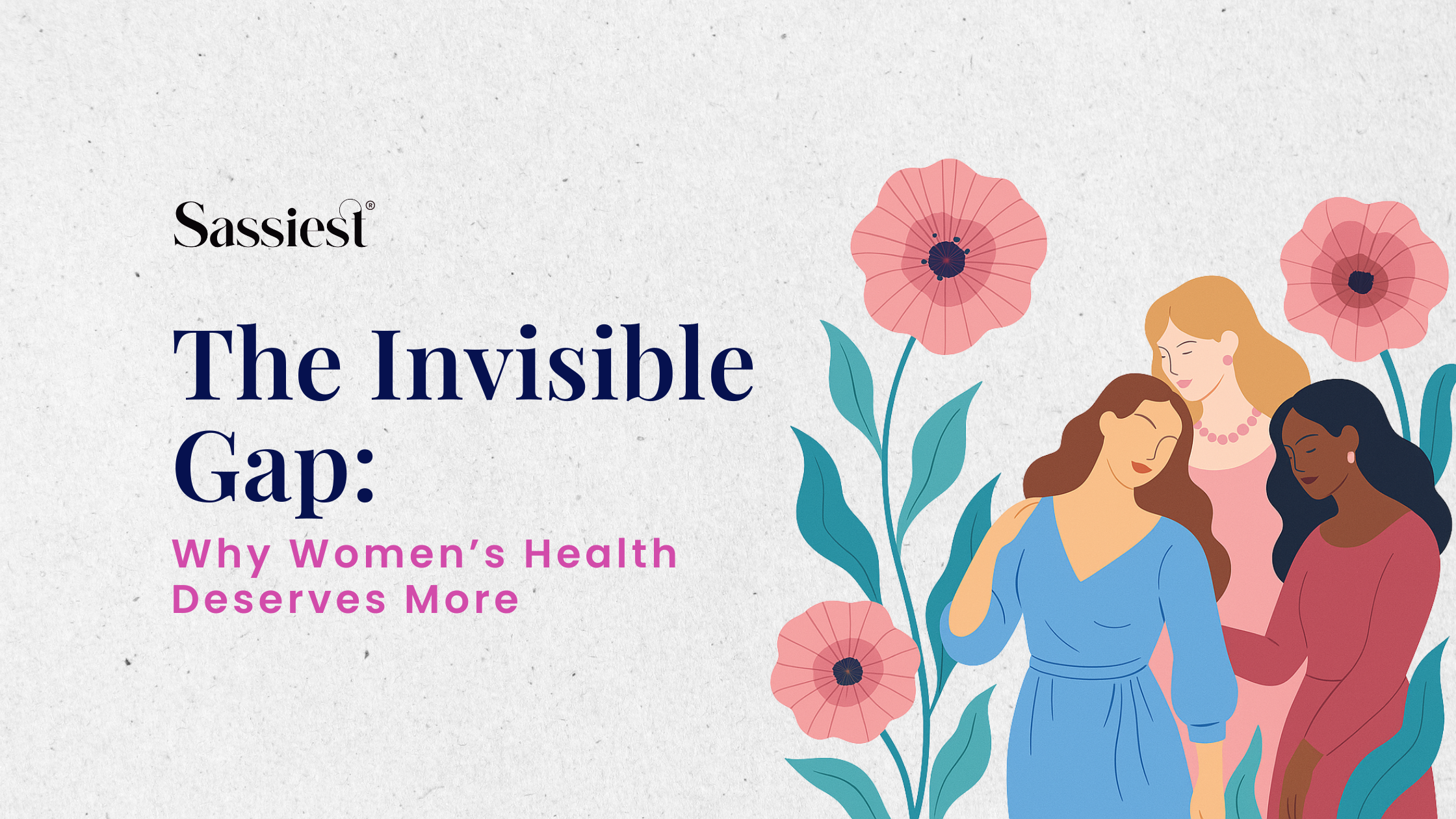What Are Arousal and Desire?
Arousal is the physiological and psychological changes to your body that occur to prepare it for sex; for example, an increase in blood flow to the genitals, an increased heart rate, and perhaps even a heightened sense of sensitivity in the genital area and/or other erogenous zones. Desire is the emotional or motivational urge to engage in some sexual activity; it is what gets you in the “mood” in a mental sense before (and sometimes after) the physical body has begun to catch up and respond. Although the two can definitely overlap in terms of the physical arousal and emotional drive at the beginning, it is entirely feasible to experience both arousal and desire without the other (e.g., feeling physically aroused but not physically “in the mood” to desire sex, or fantasizing about sex while not exhibiting immediate physical signs of arousal).
Why It’s Different for Everyone
Genetic Variations: Research suggests genetic factors may control people's baseline levels of sexual desire, creating natural gaps in how regularly someone thinks about sex (e.g., some think of it daily, others won't).
Hormonal Fluctuations: Another area, in addition to genetics, where sex hormones have an influence is in libido, which is why a lot of people really notice actual increases and drops in desire during menstrual cycles, pregnancy, postpartum, and menopause.
Age‑Related Changes: As you age, you naturally go through highs and lows throughout life, i.e. your 20s to your 30s to your 40s, etc. - which means different stressors, health issues, and hormone levels that are all going to play some role in sexual desire.
Emotional & Relational Context: A large portion of how you are feeling, and if you are in the mood, is based on how you are feeling about your partner, your level of communication, how much stress you are under, and anything else you may have experienced in the past. This is why partners realizing they have mismatched libidos is often more involved than the frequency of sexual involvement, like being tired, feeling emotionally disconnected, etc.
Exploring Your Desire Style
Experts classify desire into three main styles:
-
Spontaneous Desire: A sudden, often unexpected urge—more common in those with higher baseline hormones.
-
Responsive Desire: Builds after stimulation or emotional connection, requiring foreplay, mood setting, or even erotica to turn on.
-
Context‑Dependent Desire: A blend of both, where factors like novelty, environment, and relationship stage play a decisive role.
Tips for Embracing Your Unique Turn‑On
-
Record your patterns: keep track of when you notice highs and lows in libido - documenting more than just high & low, like mood, stress, tensions and context can be illuminating regarding what may ignite your desire.
-
Express!: Communicating what you like (or not) will support unity, lesser pressure, and aligns expectations.
-
Explore playfully: Trying out different sensations (e.g. massage oils, Lubes like Slide & Glide), using ambient lighting can enhance differences; even explore some low level erotic audio or visual (i.e. soft porn) stimuli to discover what might trigger something for you.
-
Mind‑Body Practices: Meditation, yoga, or sensual dance can heighten body awareness and deepen the mind‑body link.
Conclusion
Embracing the fact that arousal and desire look different for everyone is the first step to a more satisfying sex life. By understanding your unique patterns, using playful communication, and leaning on a few Sassiest essentials, you can craft a pleasure experience that’s as individual as you are. So here’s to discovering what truly turns you on—because when it comes to desire, your body, your mind, and your rules always take center stage.




